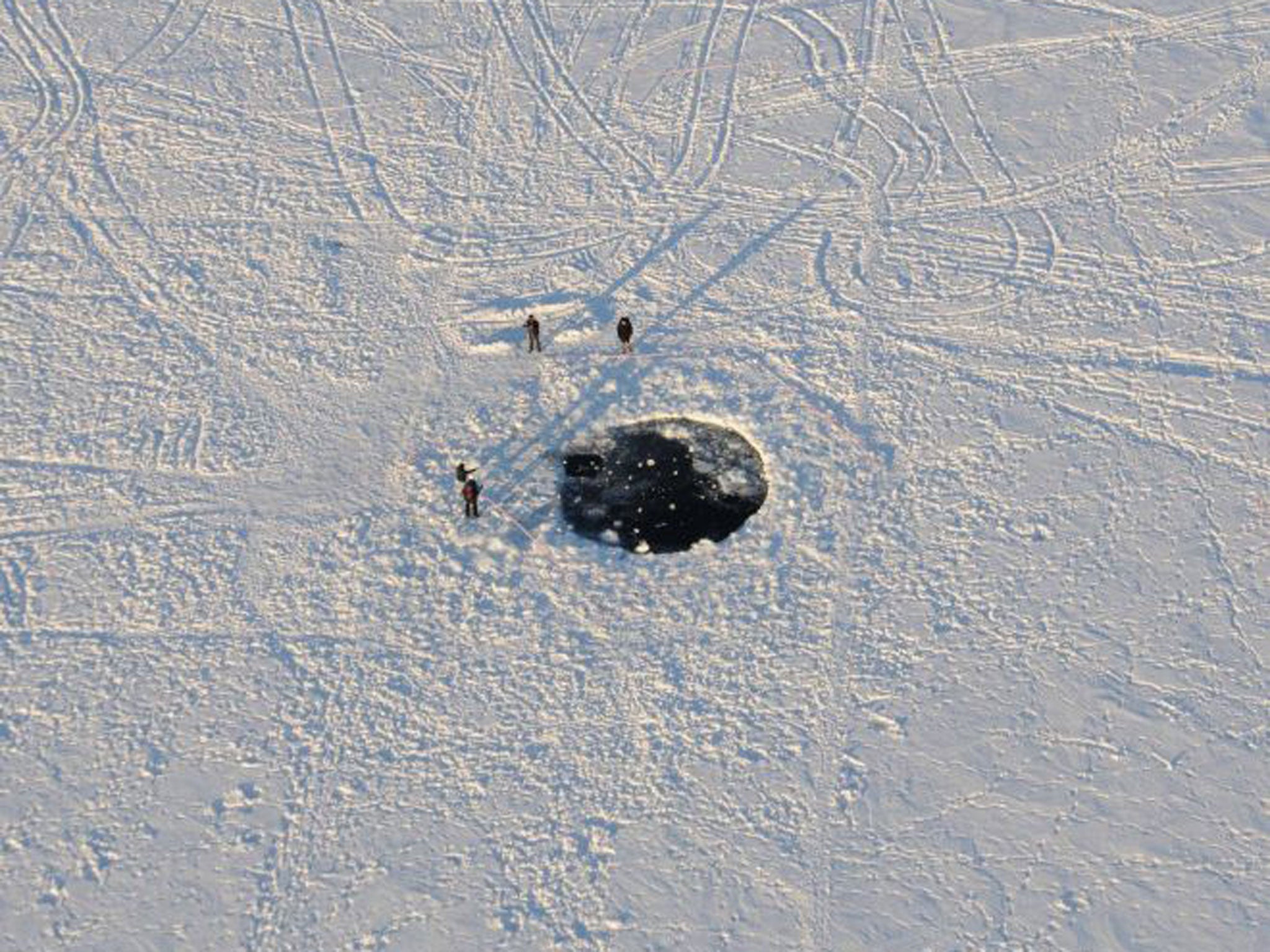Massive asteroid will pass closer to Earth than the Moon, Nasa warns
Nasa astronomers warn there is a risk Asteroid 2019 GC6 will collide with Earth in the next 100 years
An asteroid purportedly the size of a 10-storey building will pass by the Earth at half the distance to the Moon, Nasa has warned.
Asteroid 2019 GC6 will pass within roughly 136,000 miles of Earth on Thursday, safely avoiding a devastating collision.
Nasa warned the orbital trajectory of the asteroid means it may still pose a risk in the future, with estimations suggesting it could be anywhere between 7.5 metres and 30 metres in length.
Shortly after it was discovered on 9 April by astronomers at the Catalina Sky Survey in Arizona, scientists at Nasa’s Jet Propulsion Laboratory in California placed it on a list of asteroids that risk colliding with Earth in the next 100 years.
It is difficult to accurately predict its exact path but it is set to pass close to the Earth again in 2034, 2041 and 2048.
It is not uncommon for rogue space debris to collide with Earth, with tons of cosmic material passing through the atmosphere every day.
The vast majority burns up before it reaches the ground, but every decade or so a larger asteroid collides with Earth.
In 2013, an asteroid 20m in diameter entered the Earth’s atmosphere over the city of Chelyabinsk in Russia, causing a massive explosion.
A subsequent study calculated it released more than 30 times the explosive energy of the Hiroshima bomb, contributing to more than 1,500 people in the local area seeking medical treatment.
“If humanity does not want to go the way of the dinosaurs, we need to study an event like this in detail,” Professor Qing-Zhu Yin of the University of California said at the time.
“Chelyabinsk serves as a unique calibration point for high-energy meteorite impact events for our future studies.”
But due to their relatively tiny size, asteroids are notoriously difficult to spot and often go undetected until a few days before they are due to pass or collide with Earth.

Astronomers at the Jet Propulsion Laboratory recently described it as like spotting a lump of coal in the night’s sky.
“Near-Earth objects [NEOs] are intrinsically faint because they are mostly really small and far away from us in space. Add to this the fact that some of them are as dark as printer toner, and trying to spot them against the black of space is very hard,” said Amy Mainzer, principal investigator of Nasa’s asteroid-hunting mission at the lab.
“If we find an object only a few days from impact, it greatly limits our choices, so in our search efforts we’ve focussed on finding NEOs when they are further away from Earth, providing a maximum amount of time and opening up a wider range of mitigation possibilities.”
Join our commenting forum
Join thought-provoking conversations, follow other Independent readers and see their replies
Comments
Bookmark popover
Removed from bookmarks